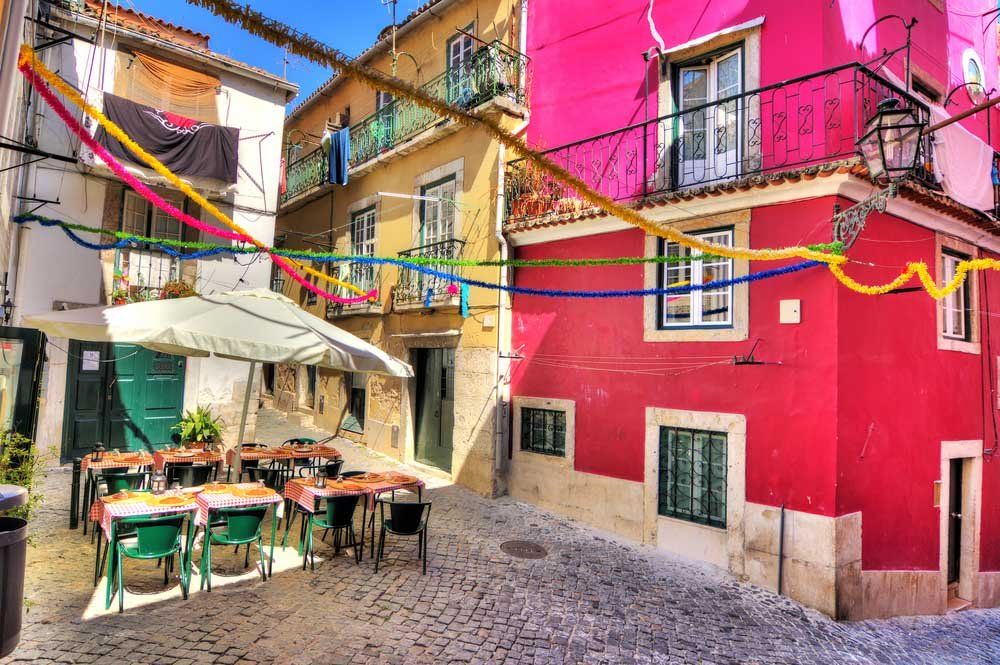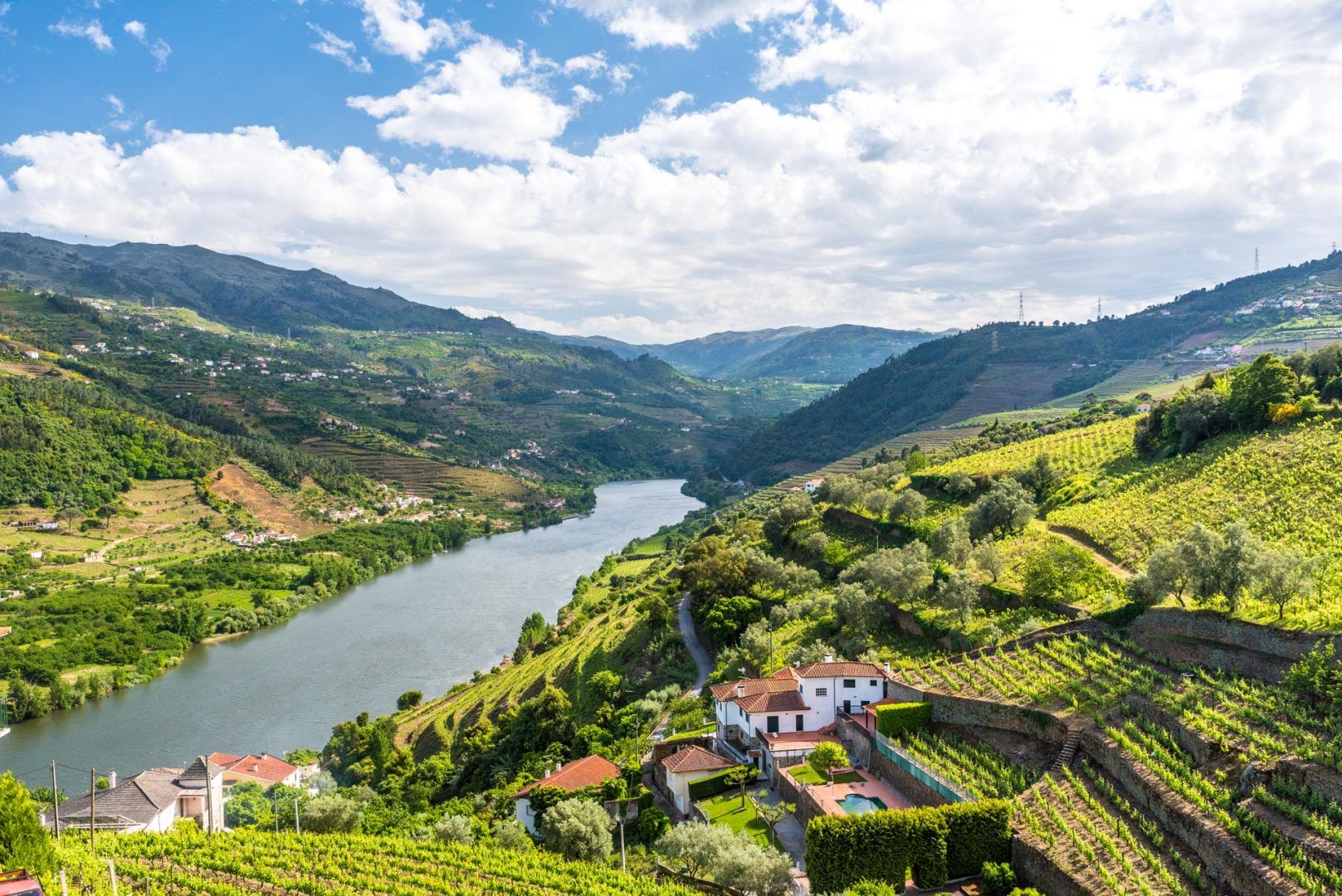How many days are enough in Portugal?
If you’re heading to Portugal from someplace in Europe that has a pretty short flight time, Portugal makes a wonderful weekend break destination.
For example, the capital Lisbon is a popular weekend break destination for many good reasons.
Loaded with history, museums, excellent (and affordable) places to eat, and lively nightlife, it’s also compact, though come prepared with comfy shoes to handle all the hills and cobblestones.
That said, if you’re traveling from further afield and want to see more than one location in Portugal, we suggest allowing at least a week to ten days so you can spend a decent amount of time in a couple of destinations.
How much is a trip to Portugal on average?
It goes without saying that the cost of a trip to Portugal is dependent on when you travel (flights and accommodation are pricier in the high season), and your travel style i.e. the kinds of accommodation you like staying in, and the types of places you like to dine out in.
In general, though, Portugal can be a pretty affordable destination, especially when it comes to eating out, and if you give yourself plenty of time to research accommodation. Some wonderful guest houses and villas can be booked for a great price.
Here’s a ballpark breakdown of average costs for a week’s vacation in Portugal, with estimated prices for a mid-range stay.
- Accommodation: around $125 per night for a mid-range hotel.
- Meals: around $70 per person per day to eat very well. This can be notably less if you mix eating out in mid-price restaurants with street food, tasty takeaways from local cafes, and preparing your own picnics.
- Transport: a mix of trams, trains and taxis could set you back an average of $25 a day.
- Activities and entertainment: budget around $50 a day for tours, trips and entry tickets.
Total estimated cost for a week: $1800
Need to stick to a tight budget? Find out about free things to do in Lisbon.
Do I need a visa to visit Portugal?
As a result of Portugal's participation in the Schengen Agreement — which permits visa-free travel among member countries — U.S. citizens can visit Portugal for tourism or business purposes for up to 90 days within a 180-day period without the need for a visa.
Just check your passport is valid for at least three months beyond your intended date of departure from the Schengen area.
Also note that a new European Travel Information and Authorization System (ETIAS) will be implemented some time in 2025.
While this isn’t visa, this will require U.S. citizens and other visa-exempt travelers to obtain an online travel authorization before entering Schengen countries, including Portugal. Keep an eye on the official site for details.
Want more practical guidance? Read our Portugal travel advice, and Portugal travel tips.
















